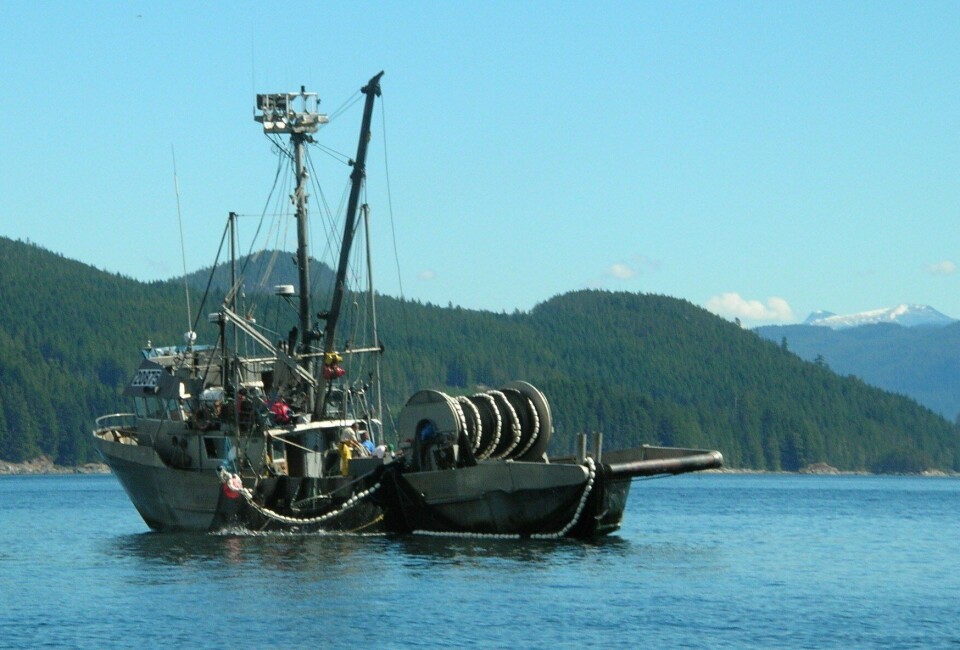
Wild salmon inquiry comes to Campbell River
When some predicted 10.5 million wild sockeye salmon failed to show up in the summer of 2009, the Canadian government announced a public inquiry- led by Judge Bruce Cohen- into the reason why only 1.5 million returned to the Fraser River to spawn. And although some very experienced scientists within the Department of Fisheries and Oceans (DFO) had found very low numbers of juvenile sockeye salmon during surveys in the Georgia Strait (which is the body of water immediately outside the mouth of the Fraser River) in 2007, which would be the year that most of the returning fish in 2009 would have gone to sea, the department still held on to its predictions of a large run last year- mainly due to the numbers of sockeye smolts leaving the spawning grounds in 2007. But somewhere along the way to the sea most of those fish must have disappeared.
Environmental groups and tourism operators have since zoomed in on the fish farms north of Georgia Strait as the main reason why these sockeye salmon failed to survive the migration from the spawning ground and out to sea, although salmon farming is virtually non-existent in the Georgia Strait. Sea lice and disease transmitted from salmon farms were pointed out as the most likely reason why the 2009 Fraser River sockeye failed to show up by a number of speakers at tonight’s meeting of the Cohen Commission in Campbell River. But these arguments didn’t seem to have much weight, as a huge run of sockeye salmon is right now migrating past Campbell River and heading for the Fraser River.
The latest estimate is that some 25 million of these popular fish are heading for the Fraser River this year, and a trip out on the water north of town today showed a steady stream of jumping fish for miles. A purse seine boat spent over three hours brailing in fish from a set for sockeye salmon some 20 miles north of Campbell River. A member of a local aboriginal organization quoted and agreed with a University of British Columbia fisheries scientist that last week stated that one of the main problems with the health of the Fraser River salmon stocks is that DFO policy only calls for a harvest of some 30% of returning fish, which in good years leads to too many fish in the spawning areas, with the accompanying poor survival of the offspring. DFO should allow for 80% of the fish to be harvested, he said.
The fact that DFO is trying to manage this fishery based on the premise that there are 100 different stocks of sockeye salmon in the Fraser system, and that each of these stocks must be given the ultimate protection, makes it a difficult and very complicated challenge to set boundaries for fish harvesting. After allocations for conservation purposes, fishing by native Canadians for food, social and ceremonial purposes gets priority, followed by opportunities for commercial and sport fishing. The Cohen Commission also heard presentations from the salmon farming industry, regarding how the industry is regulated, and how it manages issues like sea lice, fish health in general and waste from farms.






















































